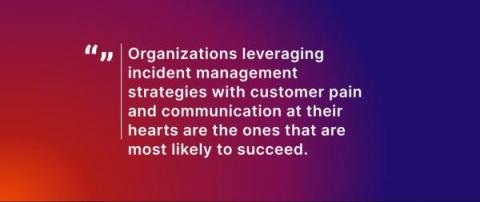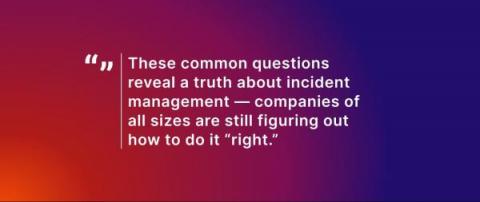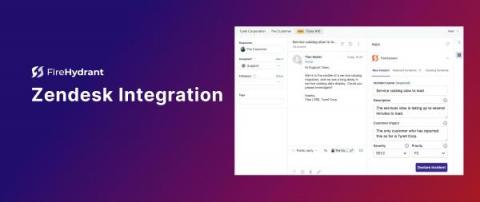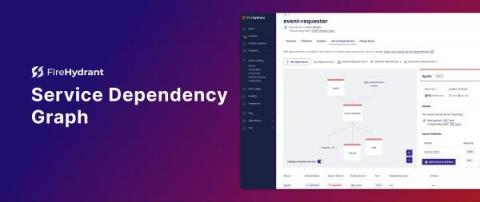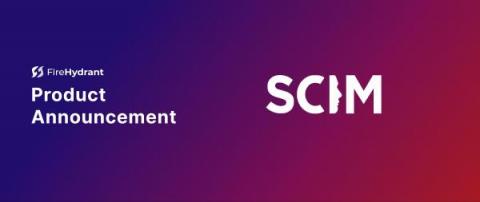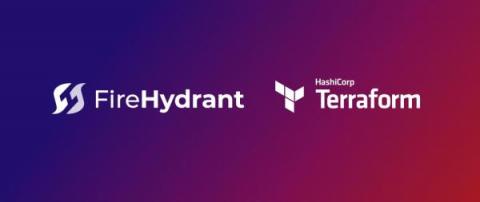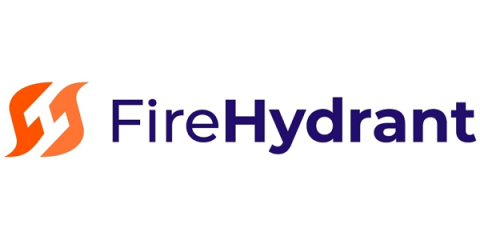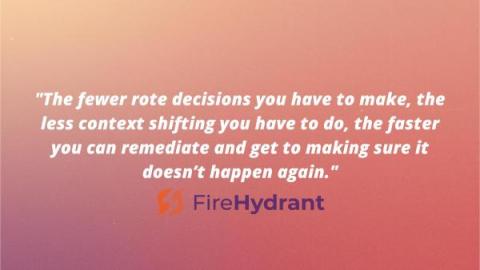New reports stress the importance of strategic incident management practice
Engineers have been managing incidents for as long as they’ve been building software, but the idea of incident management as a strategic practice in its own right is still finding its place. We’re starting to see big shifts in that area, though — more companies are dedicating headcount, resources, and tools to help them better prepare for, respond to, and learn from their incidents.


